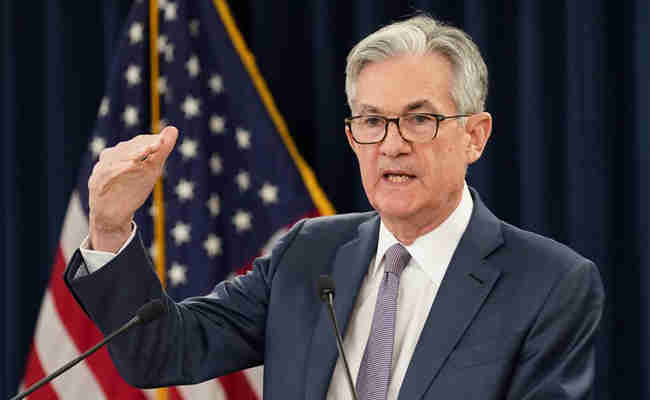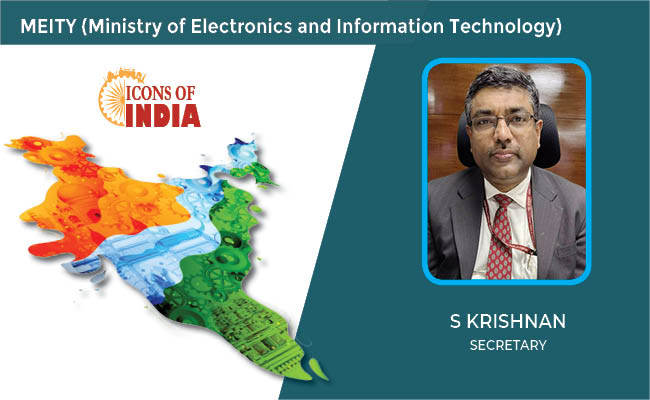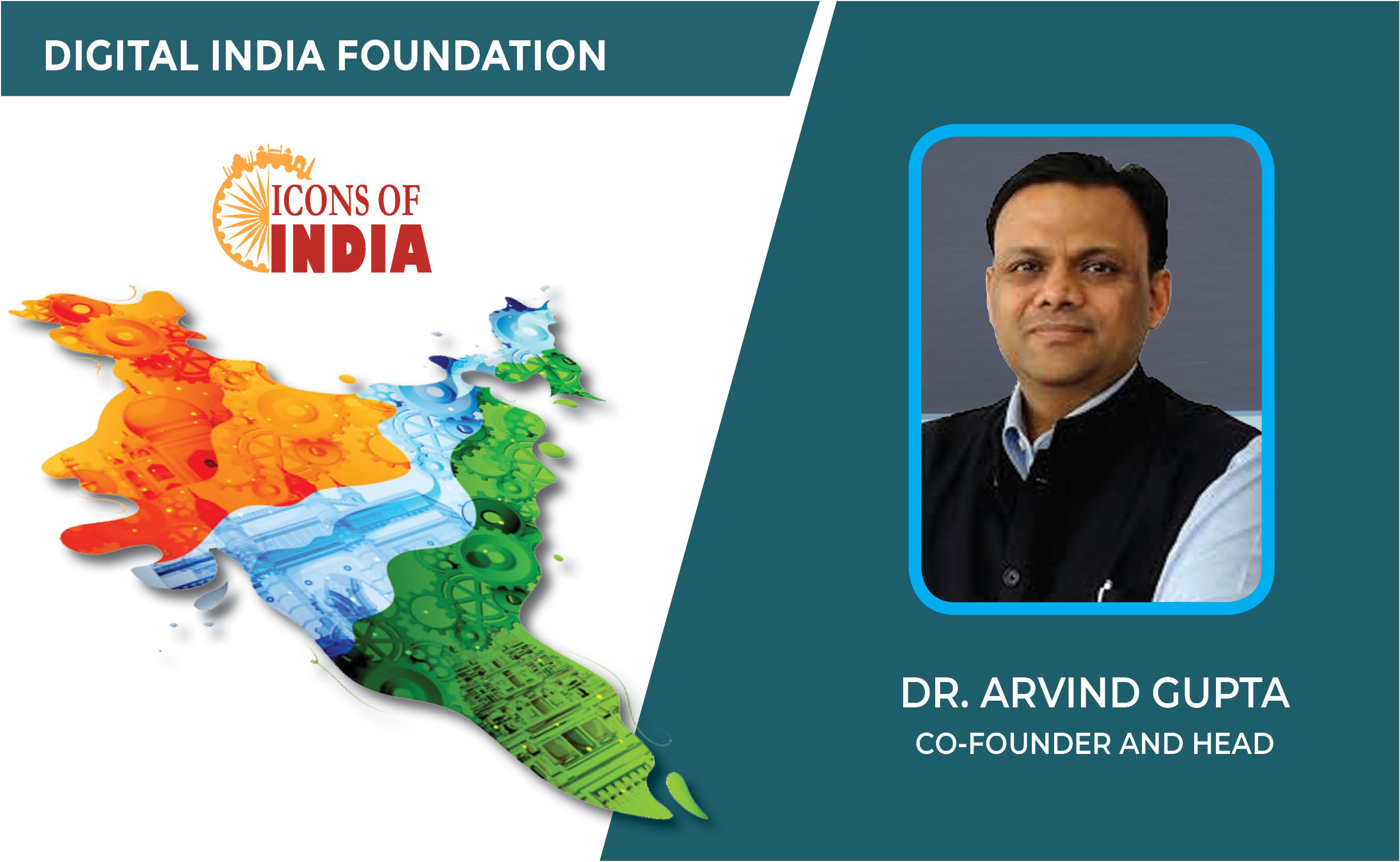Effects of the fed rate cut and coronavirus on economy
By MYBRANDBOOK

On March 3, the Federal Reserve executed an emergency half-percentage-point rate cut to one percent to one and a quarter percent in its first such drastic move since the financial crisis. The move comes one day after finance ministers from the G7 group of nations committed to using ‘appropriate policy tools’ to deal with the economic impact of coronavirus1. Both recent developments reflect fears that the global coronavirus epidemic is raising recession risks for the US and global economies.
The virus threat shook global financial markets last week amid signs containment efforts were jeopardized by a growing number of cases outside of China, especially in Europe, and US stock markets posted its most substantial weekly losses since the 2008 financial crisis. Commodity prices tumbled, signaling a hit to global demand and supply chain, and long-term US government bond yields reached record lows, reflecting lower growth expectations. All of the factors mentioned above are increasing the prospect of changing behaviors that could lead to a drop in global consumer spending, especially in travel, tourism and entertainment.
The Organization for Economic Cooperation and Development (OECD) warned the global economy could enter the slowest growth rate since 2009 this year because of the virus. The think tank forecasts growth of just two point four percent in 2020, down from two point nine percent in November, but it said a longer ‘more intensive’ outbreak could halve growth and tip many countries into recession2.
THE WORLD HAS CAUGHT AN ECONOMIC ‘COLD’ FOR NOW
– WE HAVE YET TO FIND OUT IF IT’S JUST A ‘COLD’
There are significant unknowns over how long the economic ‘cold’ will last and how severe the damages of the virus will be on the economy. The latest Fed rate cut is accepted as no more than a short-term remedy to boost consumer confidence and spending. “We do recognize a rate cut won’t reduce the rate of infection,” Federal Reserve Chairman Powell said. “It won’t fix a broken supply chain. We get that; we don’t think we have all the answers.”3 Mr. Powell added he hoped the rate cut could stem financial-market disruptions and speed a recovery once the epidemic is under control.
In the short term, the economic outlook is uncertain simply because lower rates are not necessarily suited to address evolving risks and pains to economic activity such as delayed shipments of goods from overseas amid growing supply chain disruption. You cannot ignore warnings from a large company like Apple about the impact of supply and demand issues. The company recently told its technical support staff that some of the essential iPhone parts would be in short supply for as long as two to four weeks, according to anonymous employees.
The Fed committee will meet again on March 17-18 to review the current state and consider further measures if the situation gets worse5. In the meantime, the US and other nations must apply appropriate policy tools to combat the coronavirus epidemic affecting hundreds of thousands of people, starting from raising public awareness, strengthening health systems, and preparing for further fiscal stimulus if needed.
In the medium term, the outlook depends on how much the coronavirus progresses. While an extreme Greek-style debt crisis is highly unlikely, a lengthy recession is possible. In the scenario of the epidemic not being brought under control in China, the world’s largest exporter, disruptions would ripple through global supply chains. Even if China recovers soon, we would still feel the global impact much longer as a result of the growing restrictions on travel and limits on mass gatherings worldwide. For now, we invite financial services leaders to evaluate the impact of potential scenarios on their organizations and prepare for weighted measures to navigate this fast-changing situation.
IMPACT ON THE FINANCIAL SERVICES INDUSTRY
Epidemics in the past have had temporary effects on economies and markets. However, the most recent equities and credit markets’ reaction to the Fed’s announcement is ‘troubling’ according to PIMCO6. It is looking likely that the Fed and other governments across Europe and emerging markets will soon add more fiscal easing. While inflation expectations and opportunities tend to rise after the Fed lowers rates,
fixed income measures so far indicate bankers remain deeply skeptical about 2020 outlook7. Furthermore, any expansionary fiscal policy measures will require financial services firms to re-evaluate their revenue-generating assets.
Although the financial services industry is yet to experience any material economic impact, we believe that the effects of global manufacturing sentiment plummeting are already manifesting in the short-term. Serious risks to the mobility and wellbeing of the industry workforce and detriment to growth opportunities are being felt. More clarity on potential risks and pain points will play out based on a combination of factors outlined in the four possible scenarios below.
As of March 10, Capco maintains a view that the global slowdown in 2020 (Scenario 2) is the most probable scenario amongst others as more geographies are experiencing coronavirus case growth, and in turn, respective economies slow down. While we cannot draw any conclusions on how the coronavirus is going to play out and what the real effects will be on the economy and the financial services industry, we are clear that industry leaders must evaluate the risks of any scenarios mentioned above immediately. Leaders must plan for the necessary actions to protect their workforce, address business challenges, and help to mitigate the coronavirus outbreak in whatever ways they can.


Nazara and ONDC set to transform in-game monetization with ‘
Nazara Technologies has teamed up with the Open Network for Digital Comme...

Jio Platforms and NICSI to offer cloud services to government
In a collaborative initiative, the National Informatics Centre Services In...

BSNL awards ₹5,000 Cr Project to RVNL-Led Consortium
A syndicate led by Rail Vikas Nigam Limited (abbreviated as RVNL), along wi...

Pinterest tracks users without consent, alleges complaint
A recent complaint alleges that Pinterest, the popular image-sharing platf...


ICONS OF INDIA : SANDIP PATEL
Sandip Patel is the Managing Director for IBM India & South Asia regio...

ICONS OF INDIA : S KRISHNAN
S Krishnan as the secretary for the electronics and information techno...

Icons Of India : Dr. Arvind Gupta
Arvind Gupta is the Head and Co-Founder of the Digital India Foundatio...


IOCL - Indian Oil Corporation Ltd.
IOCL is India’s largest oil refining and marketing company ...

DRDO - Defence Research and Development Organisation
DRDO responsible for the development of technology for use by the mili...

ITI - ITI Limited
ITI Limited is a leading provider of telecommunications equipment, sol...


Indian Tech Talent Excelling The Tech World - PADMASREE WARRIOR, Founder, President & CEO - Fable
Padmasree Warrior, the Founder, President, and CEO of Fable, is revolu...

Indian Tech Talent Excelling The Tech World - Aneel Bhusri, CEO, Workday
Aneel Bhusri, Co-Founder and Executive Chair at Workday, has been a le...

Indian Tech Talent Excelling The Tech World - Anirudh Devgan , President, Cadence Design
Anirudh Devgan, the Global President and CEO of Cadence Design Systems...